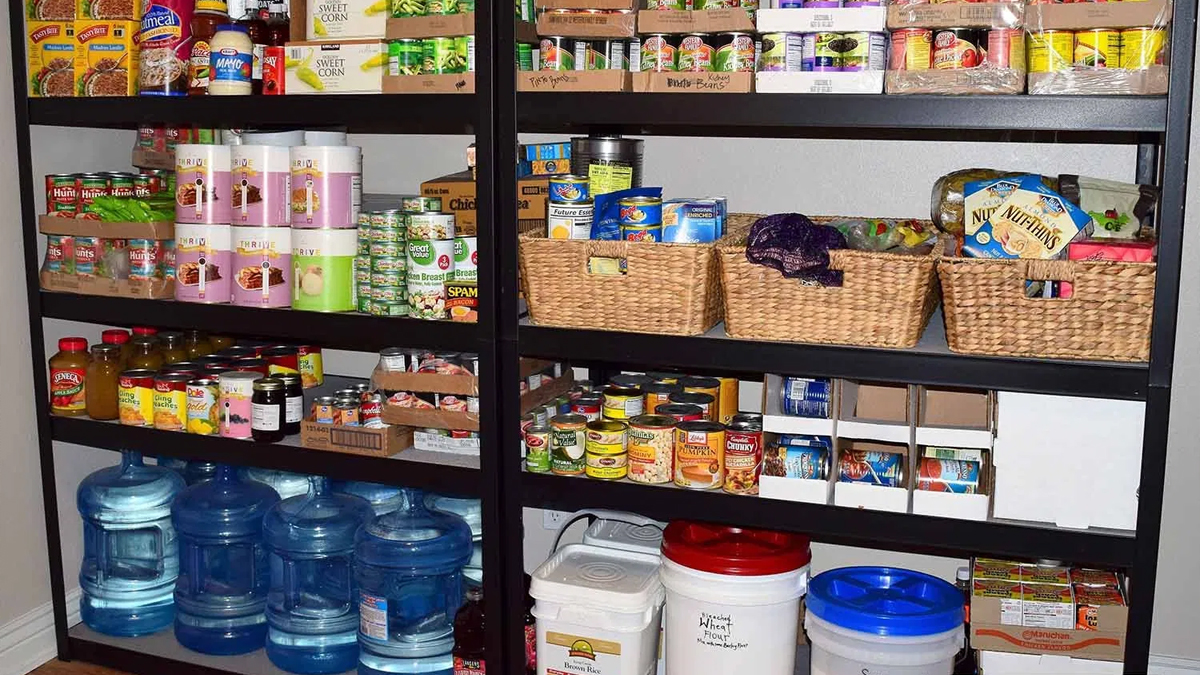on
An emergency food supply provides peace of mind for life’s unexpected events. Choose the best emergency food supply based on shelf-life, storage capacity, and food quality.
Considerations
Here are a few things you’ll want to consider when shopping for emergency food supplies:
Calories: Emergency food supply kits are typically designed to feed one person a designated amount of calories for a specified time frame. Calories of course equal energy. Some companies will emphasize serving size, but if those servings add up to starvation rations (as at least one company was sued for doing a few years ago) then you aren’t what you were expecting. It is far better to compare dollars spent per calorie.
You can also liven up your meals by adding extras like veggies, fruit or additional protein too. So if you are anticipating that a disaster could have you doing some heavy-duty clean-up you might want to increase the calories that way. Or if you have a teenager that seems to be a bottomless pit some comfort food might not be a bad idea.
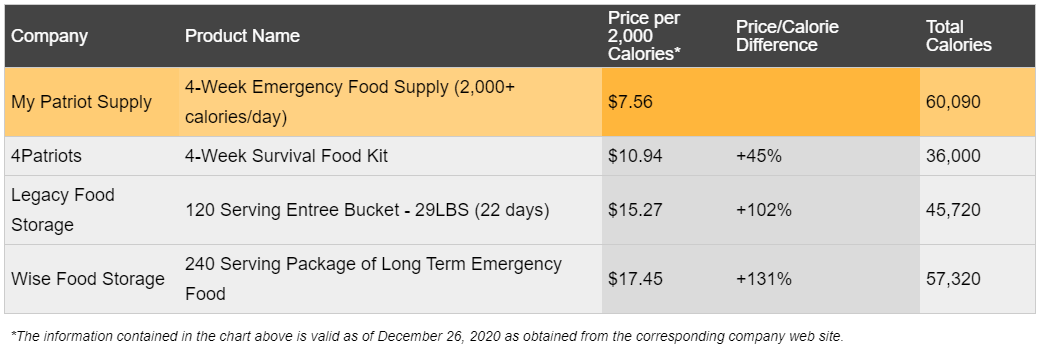
Food Shelf-Life : Emergency food supplies come in diverse forms and include everything from basic pastas and rice to powdered milk and even freeze-dried ice cream. Each type of food has its own shelf-life. Some emergency food supplies last a year or two, so you will have to replace them more frequently. Other emergency food supplies can last 25 years and upwards.
Storage And Size : Long-term food storage is typically packaged in totes or stackable buckets. Some companies package one-week supplies in ammo box containers which makes them easy to take with you on short trips, but they should not be left in a vehicle. For that, you want emergency bars like the Datrex bars that My Patriot Supply carries, they are not affected by the heat/cold cycles as drastically as food is. (See below for optimal food storage conditions)
Taste And Nutritional Value : In the case of an emergency, you will probably have bigger things to worry about than flavor profiles or over-salted mashed potato flakes. Nonetheless, having nutritious, tasty food is an important consideration when shopping for your emergency food supply. Don’t forget to consider dietary restrictions as well, such as food allergies or diabetic needs.
If you are concerned about taste I would suggest getting a 72-hour kit and trying some of the meals for yourself. That will also give you an idea or what spices you may want to store.
So how do you choose the best emergency food? These are the questions consumers frequently ask when shopping for emergency food supplies.
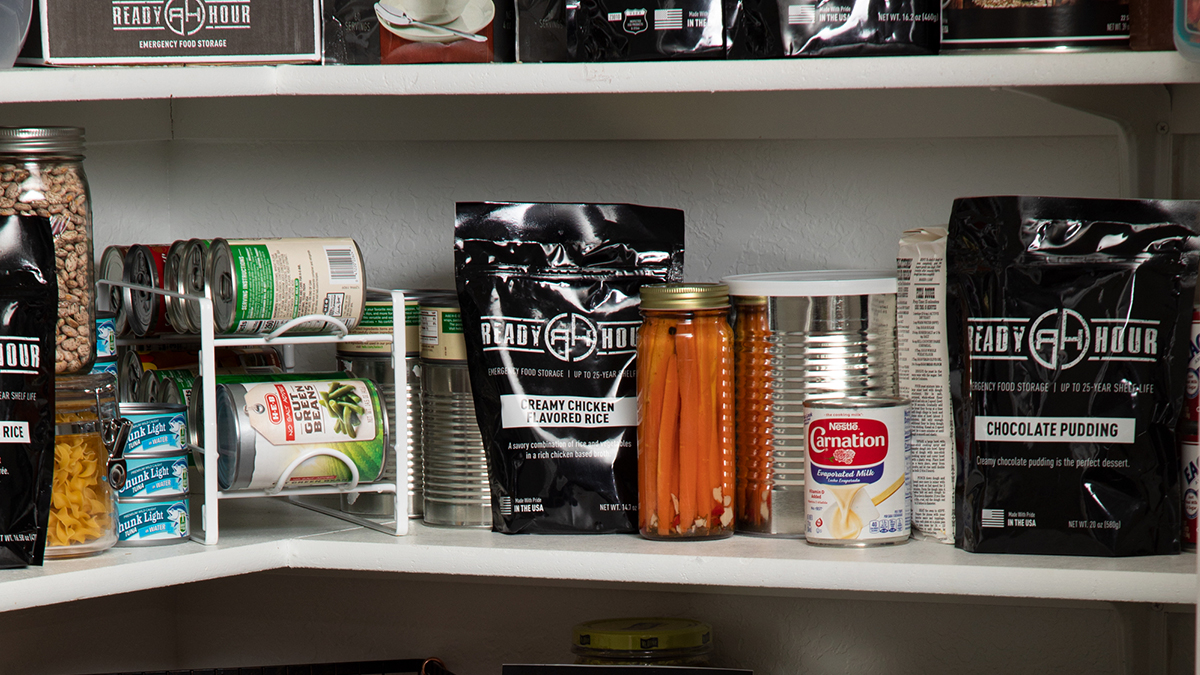
How much emergency food should you have?
How much emergency food you should have depends in large part on your specific situation, but FEMA does offer some general guidelines and recommendations for facing an unexpected disaster. They suggest having at least a 14-day supply of non-perishable food that will feed your entire family. Keep in mind this is just the minimum and that one month is a preferable baseline. If you have the storage space and financial means to do so, many advisors recommend even having upwards of 90 days or even a year’s worth of storage.
Don’t forget food storage for your pets. As we have written about previously most dry cat and dog food is good for 1 – 1/2 years. So make sure you have some extra set aside and rotate it.
How much emergency water should you have per person per day?
Emergency water needs can differ according to individual needs and situations. However, the general rule of thumb is that you should store a minimum of one gallon of water for each family member, per day. FEMA recommends having a minimum water storage approximating to about two weeks’ worth of proper hydration and sanitation. Don’t forget your pets, either—those family members will need water storage of their own as well.
You will probably want to include a means to filter your water other than just boiling it. We have been quite happy with our Alexapure pro which easily filters enough for our whole family.
What foods are good for emergency storage?
Shelf-stable, nutrient-rich foods that do not require refrigeration are fantastic choices for emergency storage. You have many options but a good place to start is with dry cereals, granola, protein bars, ready-to-eat meals, dehydrated and freeze-dried foods and special food for infants and pets.
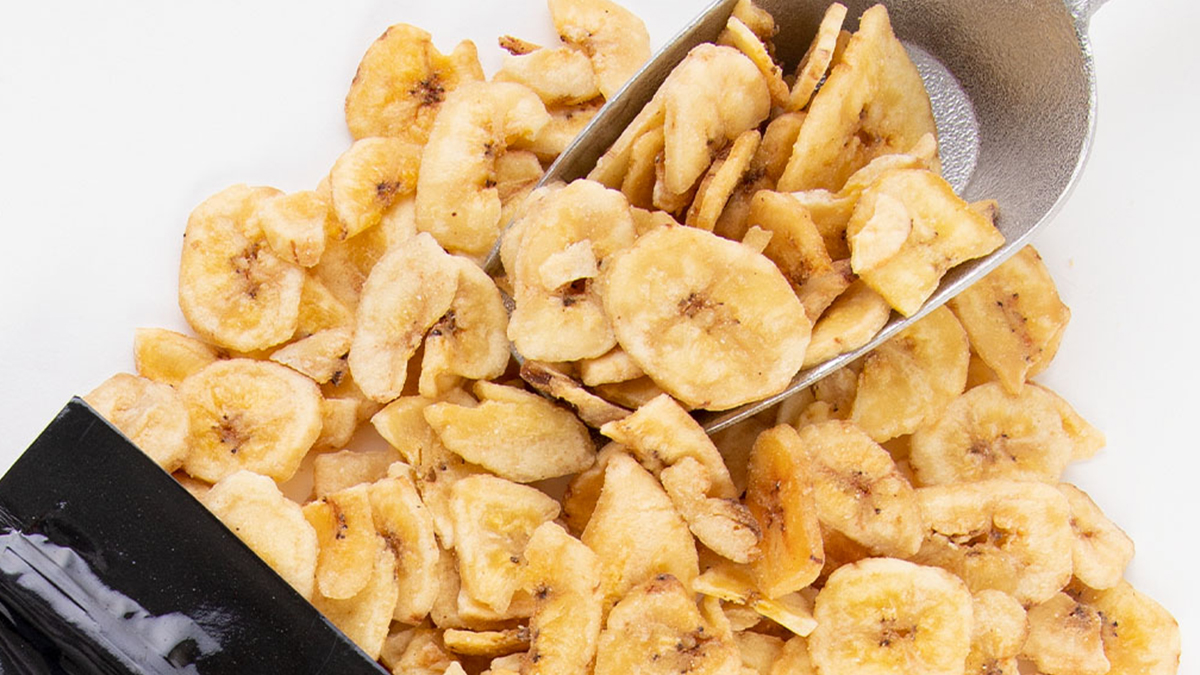
Can you live on rice and beans?
Rice and beans may help keep you from starving, but they are far from providing all of the essential nutrients needed to maintain a healthy lifestyle. They are an inexpensive component of any emergency food supply and a good addition to your line-up of diverse and nutritious foods. Since high morale is considered one of the biggest keys to survival, adding more flavorful dishes and deserts to your emergency food diet can be just the thing that lifts the spirits in a time of stress.
What is the best survival food with a long shelf-life?
Grains, rice, beans, and pasta tend to have an incredibly long shelf life of upwards of 25 years, especially if the supplier processed and packaged the food with longevity in mind. This can mean that they’ve vacuum-sealed their packaging or took other strict considerations in packing their products. Freeze-dried and dehydrated foods packaged for long term storage is good. You can also add kitchen spices and other kitchen staples to your stock, just remember to rotate them as they don’t have near as long of a shelf life.
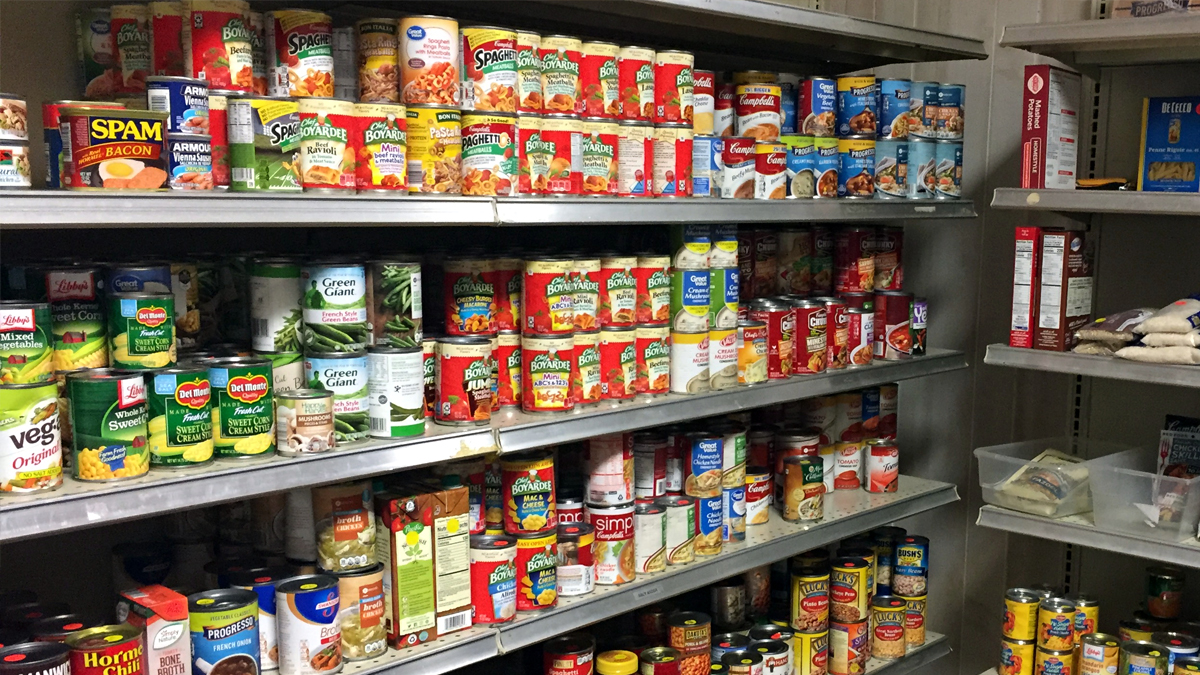
How do you store emergency food?
It is best to store your emergency food supply in a cool, dry, dark place that doesn’t experience a lot of temperature fluctuations. The ideal temperature range is between 50°-72° the lowest humidity you can manage. Temperatures above 75° can cause a decline in the shelf life of the product.
A cool, dry, dark basement or cold room would be the ideal place to store your food for long term. But a pantry, closet or under the bed storage can work just as well.
Remember that your storage area should also help keep the food safe from pests. And rodents are quite capable of chewing through even heavy plastic. And as one woman discovered, her cat was quite capable of chewing through the mylar bags and sampling everything too.
Final Thoughts
When looking for the best emergency food supply, look for quality products that have a long shelf life, taste good, and provide critical nutrients that will sustain you and your family in case you ever need them. And don’t forget to include vitamins and/or food supplements to make sure you are getting all the important nutrients you need.
Get access to premium content and more!



